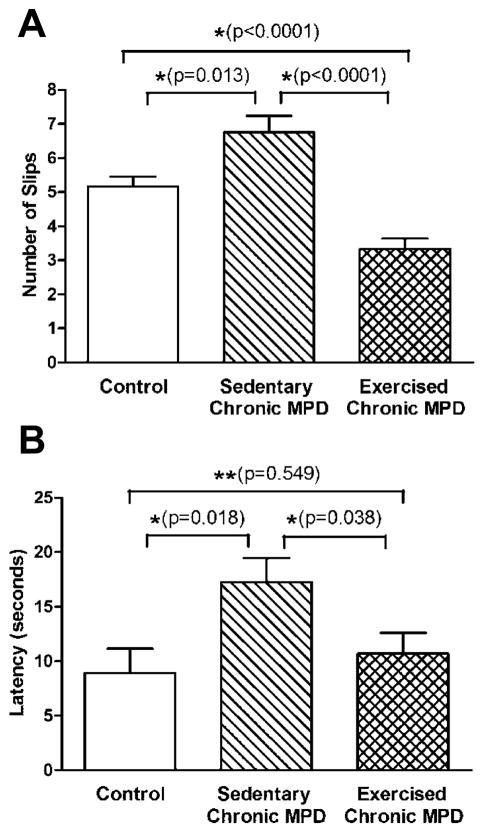Figure 4. Convalescent effect of 18 weeks of exercise on impaired movement in the chronic MPD.
The ability of the chronic MPD in maintaining balance and motor coordination on a challenging beam was carried out 48 hours after the completion of 18 weeks of endurance exercise training. While traversing the challenging beam, the sedentary chronic MPD group of mice significantly made more limb slip errors (A, *P = 0.013) and took longer to complete the task (B, *P=0.018) than the control mice. Following 18 weeks of training on motorized treadmill, the exercised chronic MPD made considerably less foot slips on the challenging beam (A, *P<0.0001) and spent less time for completing the traversing task (B, *P=0.038) than the sedentary chronic MPD. The exercised chronic MPD even made significantly less foot slips (A, *P<0.0001) with no change of time latency for completing the task (B, **P=0.549), when compared with the control animals. N=25–31 per group. Statistical comparisons were performed with unpaired Student’s t-test.

